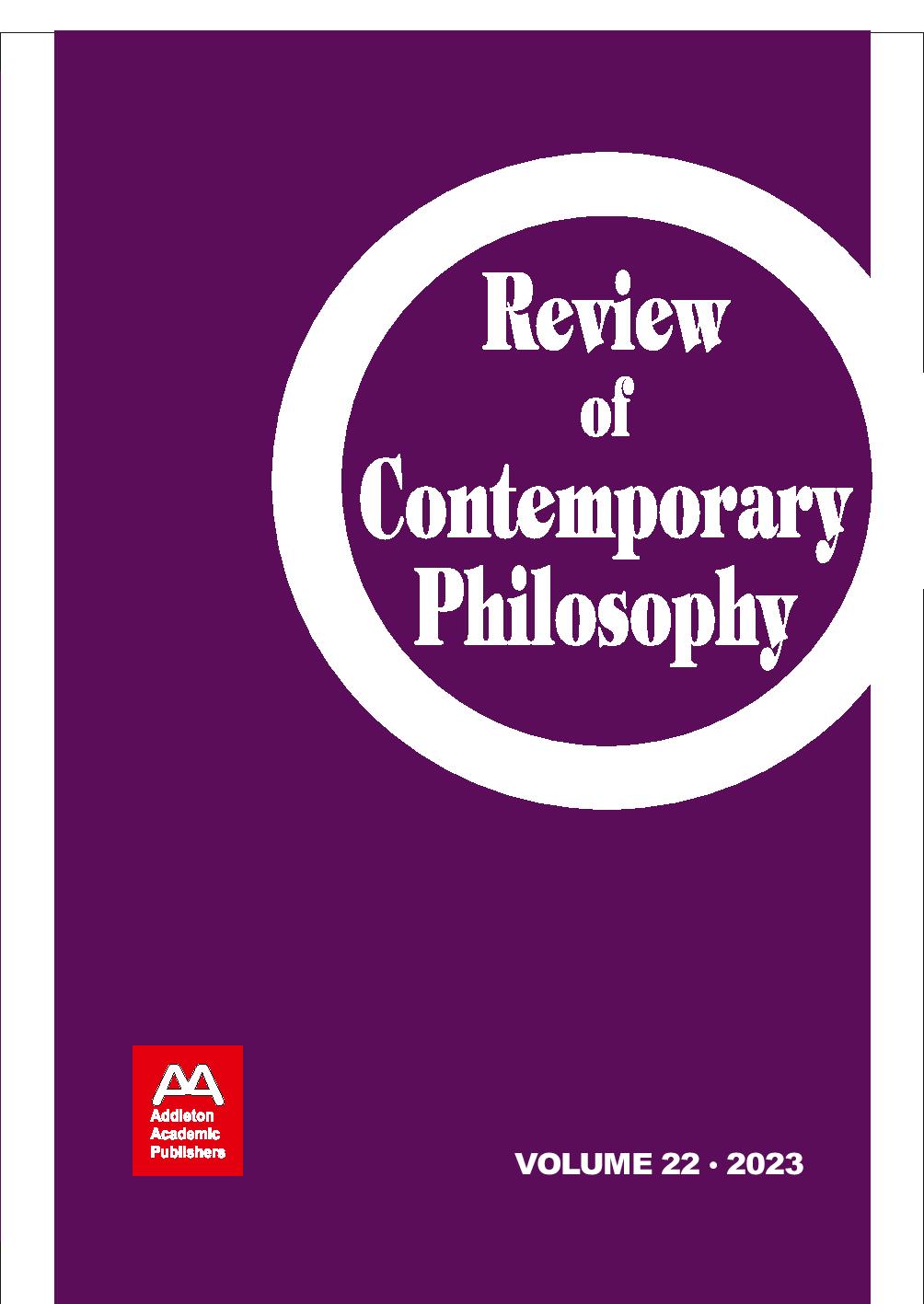Remote Sensing and Edge Artificial Intelligence Computing Systems, Environment Perception and Geospatial Mapping Technologies, and Simulation Modeling and Machine Learning-based Image Recognition Tools in the 3D Cognitive Digital Twin Metaverse
Remote Sensing and Edge Artificial Intelligence Computing Systems, Environment Perception and Geospatial Mapping Technologies, and Simulation Modeling and Machine Learning-based Image Recognition Tools in the 3D Cognitive Digital Twin Metaverse
Author(s): Claudia-Irina AldeaSubject(s): ICT Information and Communications Technologies
Published by: Addleton Academic Publishers
Keywords: remote sensing; edge artificial intelligence computing systems; environment perception; geospatial mapping technologies; simulation modeling; machine learning; image recognition tools; 3D cognitive di
Summary/Abstract: This article reviews and advances existing literature concerning geolocation data mining and tracking, machine learning-based object recognition and digital twin technologies, and metaverse engagement metrics. I contribute to the literature by indicating that remote sensing and edge artificial intelligence computing systems, context awareness and machine learning-based image recognition tools, and wearable haptic garments enable immersive hyper-connected virtual spaces. Throughout April 2023, a quantitative literature review of the Web of Science, Scopus, and ProQuest databases was performed, with search terms including “3D cognitive digital twin metaverse” + “remote sensing and edge artificial intelligence computing systems,” “environment perception and geospatial mapping technologies,” and “simulation modeling and machine learning-based image recognition tools.” As research published in 2022 and 2023 was inspected, only 184 articles satisfied the eligibility criteria. By taking out controversial or ambiguous findings (insufficient/irrelevant data), outcomes unsubstantiated by replication, too general material, or studies with nearly identical titles, I selected 41 mainly empirical sources. Data visualization tools: Dimensions (bibliometric mapping) and VOSviewer (layout algorithms). Reporting quality assessment tool: PRISMA. Methodological quality assessment tools include: AXIS, MMAT, ROBIS, and SRDR.
Journal: Review of Contemporary Philosophy
- Issue Year: 2023
- Issue No: 22
- Page Range: 208-225
- Page Count: 18
- Language: English
- Content File-PDF

